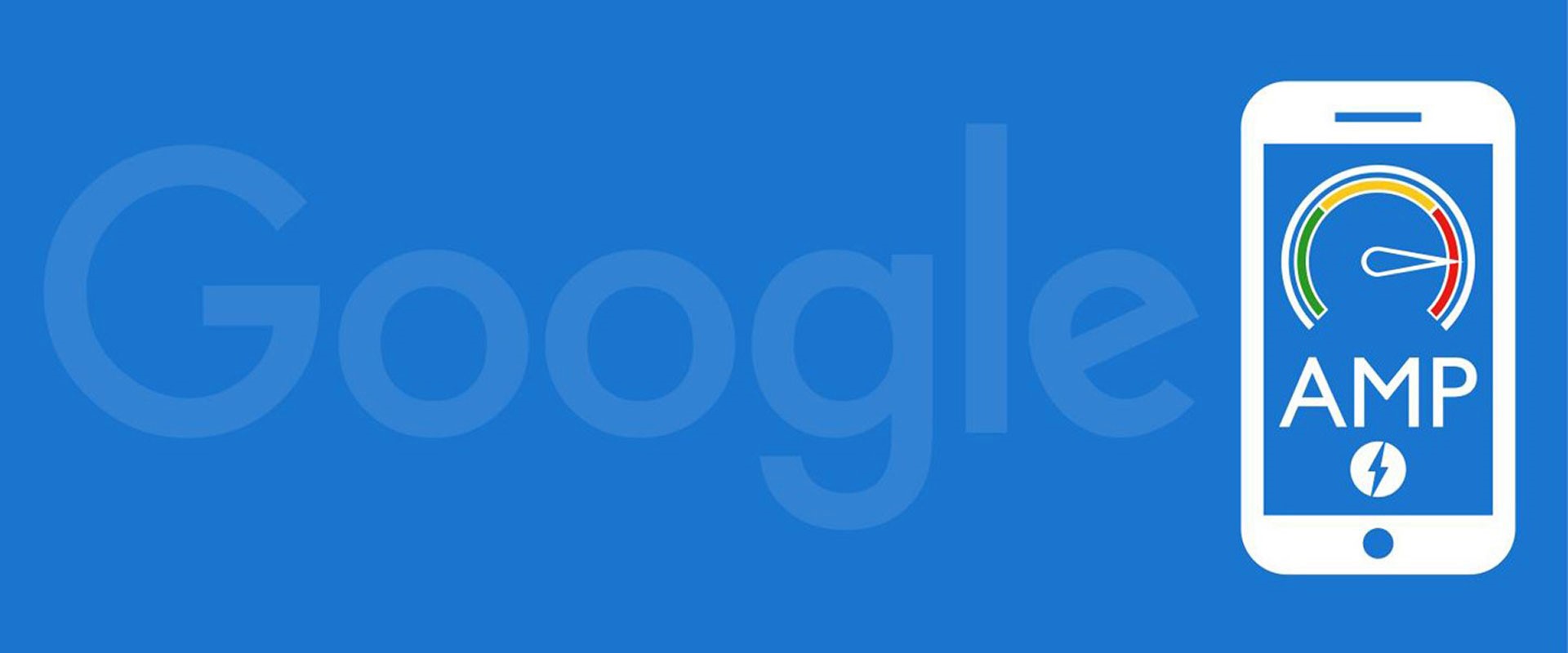Mobile and tablet browsers now account for more than 51% of all web searches, and as we’re usually on the move with them, we have very little patience for slow loading times.
According to Google, we expect a website to load within 3 seconds before we go elsewhere for quicker content delivery. In response to this issue, Google launched AMP (Accelerated Mobile Pages), which promises to end the slow browsing experience.
What’s it all about?
AMP is Google’s new open-source initiative to allow content publishers to share web pages displaying everything from text to video using a singular code, which will work across all mobile devices, regardless of what model of phone or tablet you use. The overall goal is to make mobile web surfing a quick and seamless experience for all.
AMP is designed to make mobile-ready content more enticing and less hindered by features a user doesn’t really need. Web publishers can create an AMP version of posts and landing pages, which will be pushed to the top of a search result on a smart device. A desktop version is still essential, but you can now mark it with an AMP HTML link, telling search algorithms where to find the mobile version of the same information.
Are AMP pages ranked better on Search Engine Results Pages?
AMP pages appear in Google search results with a lightning bolt logo. Google claim that AMP pages will not automatically be given higher placement on search engine results pages, however loading speed and responsiveness are major SEO ranking factors so the two will undoubtedly be linked.
What are the limitations of AMP Pages?
As with all web development updates there are limitations. For a long time after first being introduced, AMP pages did not support conversion forms, however this has since been added after popular demand.
One of the main limitations holding publishers back is to do with ads. The stripped-down nature of AMP pages allows for fewer ads, which can impact on revenue. Google has been working on finding a balance between pleasing publishers without affecting user experience.
Only this month Google announced that AdWords users will now be able to use AMP pages as the landing pages for their ads. In addition, Google said that it is now automatically converting Google Display Network ads into the AMP Ads format when they load on AMP pages to speed up their loading time.
Does Google AMP work for all businesses?
While AMP pages started with top stories and news-related sources, they have been growing and new AMP pages have been appearing across multiple industries, including ecommerce. In fact, Google noted the ecommerce industry specifically when they suggested, “AMP is a natural fit for e-commerce because AMP makes web pages fast, and fast pages help with purchase conversions.”
Whether the future of mobile web is Google AMP is yet to be fully determined, but it is certainly something to have on your radar.

